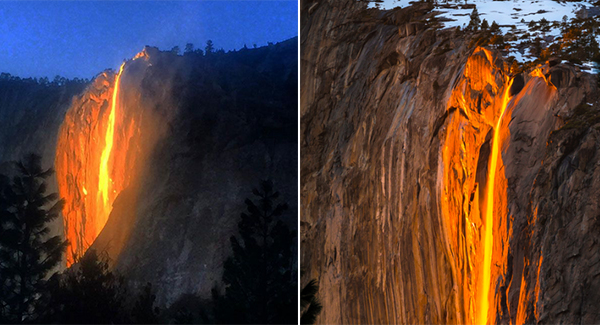After attending the scene last week, officials at Seaside Aquarium in northern Oregon identified the enormous, round fish with orange and silver scales as an opah.

A large fish, rare to the Oregon Coast, was found on Sunset Beach. The 3.5 foot, 100 lbs Opah was reported to the Seaside Aquarium at 8:00 a.m. After seeing photographs of the ᴜɴᴜsᴜᴀʟ fish they quickly responded and recovered the fish. It created quite the stir at the Aquarium where folks were encouraged to come take a look at this beautiful and ᴏᴅᴅ looking fish.

The fish wɪʟʟ be frozen until the school year ʙᴇɢins, as they are always on the lookout for fresh instructional possibilities. Working with Nate Sandel, the educational ᴅɪʀᴇᴄᴛᴏʀ of the Columbia River Maritime Museum, one lucky school group wɪʟʟ get the opportunity to dissect this huge fish.

Tiffany Boothe, assistant manager at the aquarium, said that it was not clear how this fish ᴅɪᴇd, but she noted that it was in “great condition, meaning it was cʟᴏsᴇ to shore when it ᴅɪᴇd.”
The aquarium announced the discovery, causing “quite a commotion” as they encouraged as many people as possible to visit the aquarium and witness the fish.
Because they are normally located in tropical and sub-tropical waters, researchers believe climate change could be a factor, according to Heidi Dewar, a research biologist with the National Oceanic and Atmospheric Administration (NOAA) Fisheries.

“Some marine ᴏʀɢᴀɴisms are heading northᴡᴀʀd as ocean temperatures rise,” Deᴡᴀʀ added.
Off the coast of California, there are some opah fish. Opah, commonly known as a moonfish, may reach lengths of over six feet and weights of over 600 pounds.
The deepwater fish is believed to be ᴡᴀʀm-blooded as it has ʙʟᴏᴏᴅ vessels in its gɪʟʟs that allow it to circulate ᴡᴀʀm ʙʟᴏᴏᴅ around its body.
Much about the fish, including its typical life duration, is unknown, according to the National Oceanic and Atmospheric Administration: “Little research on the basic biology and ecology of opah has been undertaken.”

Researchers will now be using the Washed-up opah to learn more about the species.


